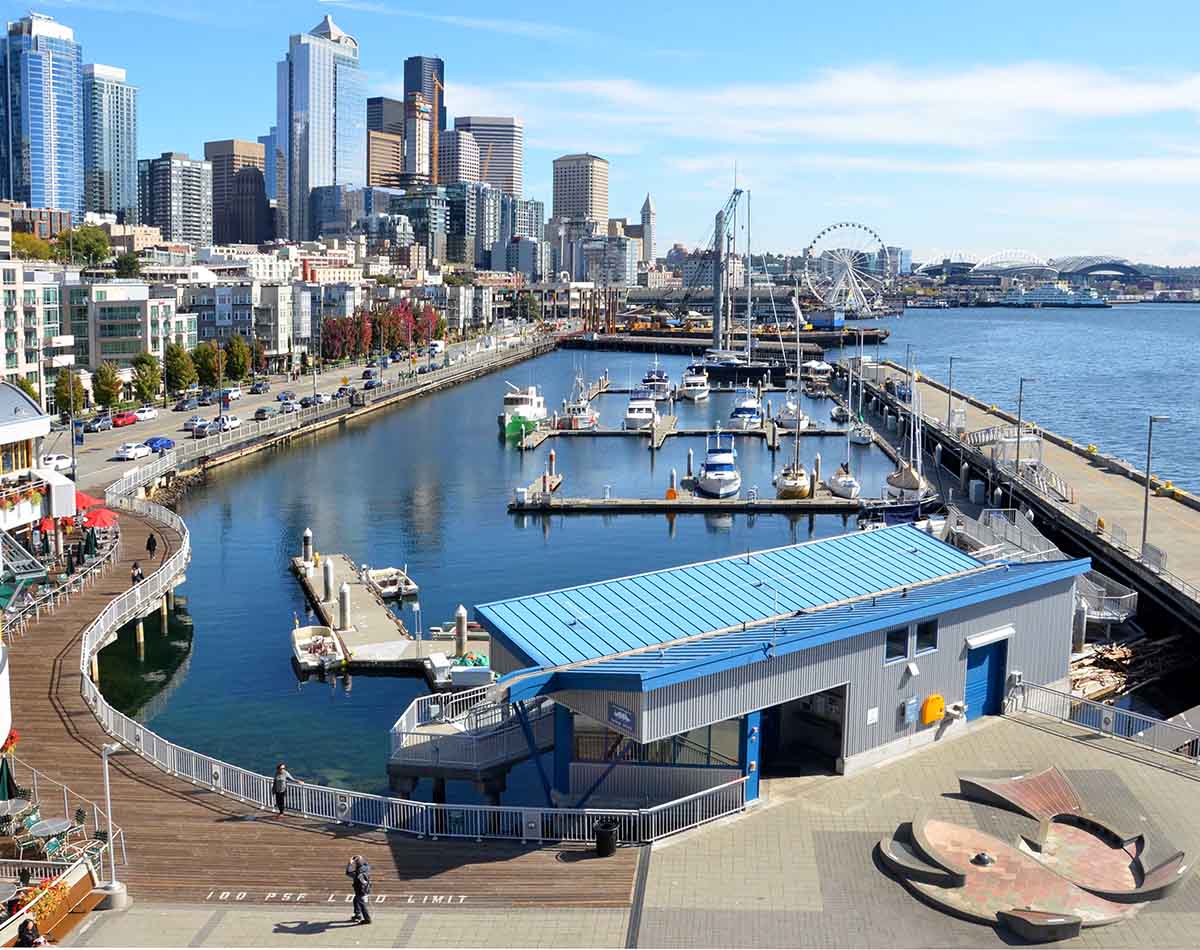Why Pro Forex Traders Use Dedicated Servers (and You Should Too)
Key Points
VPS limits performance — VPS for Forex trading often leads to latency and shared resource issues that slow down multi-strategy trading.
Dedicated servers = faster trades — Better CPU, memory, and network control improve execution.
Infrastructure impacts profit — A slow server can cost more than the upgrade.
Professional trading operations crossing the $1 million monthly volume threshold face a critical infrastructure decision that most retail traders never encounter.
While virtual private servers suffice for basic algorithmic trading, serious operations handling multiple strategies across dozens of pairs require a dedicated forex trading server to maintain consistent execution quality.
This transition point often separates profitable retail traders from sustainable institutional operations.
Why Virtual Servers Hit Performance Walls
Virtual environments introduce inherent latency through their hypervisor layer, typically adding 2-5 milliseconds to every operation.
While negligible for position trading, this overhead compounds dramatically when running multiple instances of trading platforms or high-frequency strategies.
Testing at NewYorkCityServers revealed that complex EAs experience up to 15% performance degradation in virtualized environments compared to bare metal servers under identical network conditions.
The Real Requirements for Multi-Strategy Operations
VPS for Forex trading can struggle when professional operations run 5–20 strategies across multiple brokers and platforms.
Each strategy might monitor 20-30 currency pairs, generating thousands of price checks per second.
When scaled across multiple accounts, the resource requirements exceed what most virtual environments can reliably provide.
A robust multi-strategy setup demands features like dedicated memory, direct network access, and CPU priority — limitations often faced with VPS for Forex trading.
Network Architecture: Beyond Basic Connectivity
Standard VPS solutions route traffic through shared network interfaces, creating potential bottlenecks during high-volatility events.
Dedicated servers allow for custom network configurations, including multiple physical interfaces bonded for redundancy and dedicated connections to specific broker data centers.
This level of network control becomes crucial when milliseconds determine whether orders fill at intended prices.
Memory Management for Complex Trading Systems
Trading platforms like MT4 and MT5 store price data and indicator calculations in memory for rapid access.
In virtual environments, this data competes with other processes for cache space and memory bandwidth.
Dedicated servers allow for precise memory configuration, including large page sizes for improved performance and dedicated memory channels for critical processes.
The impact becomes measurable: strategy backtesting that takes hours on virtual servers completes in minutes on properly configured dedicated hardware.
Processing Power: The Core Count Paradox
While virtual servers might advertise high core counts, their shared nature means you never have guaranteed access to full processing power.
Dedicated servers allow for precise CPU affinity settings, ensuring critical trading processes always have priority access to specific cores.
This becomes essential for strategies using real-time analysis or machine learning components that require consistent processing power.
Disaster Recovery and Redundancy Options
Professional trading operations can’t afford downtime during market hours.
Dedicated servers enable sophisticated failover configurations impossible with virtual solutions.
This includes real-time data replication to backup servers, automated failover systems, and custom monitoring solutions that can detect and respond to performance degradation before it impacts trading operations.
The Cost-Benefit Analysis for Scaling Up
The monthly cost difference between premium VPS and dedicated servers often surprises traders.
While a high-end VPS might cost $150-200 monthly, entry-level dedicated servers start around $300-400.
However, this cost difference becomes insignificant when considering the impact on trading performance.
A single failed execution during major market moves can cost more than a year of infrastructure expenses.
Migration Planning and Implementation
Transitioning from virtual to dedicated infrastructure requires careful planning to minimize trading interruptions.
Professional operations typically implement parallel systems, running both virtual and dedicated environments simultaneously while validating performance metrics.
This allows for detailed comparison of execution quality, system stability, and overall trading performance before completing the migration.
The decision to move from virtual to dedicated infrastructure marks a crucial evolution in trading operations.
While virtual servers offer flexibility and lower initial costs, serious trading operations eventually encounter performance limitations that only dedicated hardware can address.
The key lies in recognizing when your trading operation has reached this scaling point and implementing the transition before infrastructure constraints impact profitability.
Remember that infrastructure decisions should be driven by trading requirements rather than cost considerations alone.
The most expensive server is the one that fails to execute your strategies properly during critical market moments.
For operations handling serious capital, dedicated infrastructure isn’t a luxury – it’s a fundamental requirement for sustainable success.




















